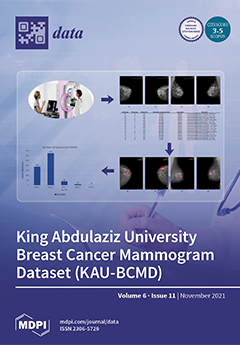Open AccessArticle
Nowcasting India Economic Growth Using a Mixed-Data Sampling (MIDAS) Model (Empirical Study with Economic Policy Uncertainty–Consumer Prices Index)
by
Pradeep Mishra, Khder Alakkari, Mostafa Abotaleb, Pankaj Kumar Singh, Shilpi Singh, Monika Ray, Soumitra Sankar Das, Umme Habibah Rahman, Ali J. Othman, Nazirya Alexandrovna Ibragimova, Gulfishan Firdose Ahmed, Fozia Homa, Pushpika Tiwari and Ritisha Balloo
Cited by 4 | Viewed by 3926
Abstract
Economics suffers from a blurred view of the economy due to the delay in the official publication of macroeconomic variables and, essentially, of the most important variable of real GDP. Therefore, this paper aimed at nowcasting GDP in India based on high-frequency data
[...] Read more.
Economics suffers from a blurred view of the economy due to the delay in the official publication of macroeconomic variables and, essentially, of the most important variable of real GDP. Therefore, this paper aimed at nowcasting GDP in India based on high-frequency data released early. Instead of using a large set of data thus increasing statistical complexity, two main indicators of the Indian economy (economic policy uncertainty and consumer price index) were relied on. The paper followed the MIDAS–Almon (PDL) weighting approach, which allowed us to successfully capture structural breaks and predict Indian GDP for the second quarter of 2021, after evaluating the accuracy of the nowcasting and out-of-sample prediction. Our results indicated low values of the RMSE in the sample and when predicting the out-of-sample1- and 4-quarter horizon, but RMSE increased when predicting the 10-quarter horizon. Due to the effect of the short-term structural break, we found that RMSE values decreased for the last prediction point.
Full article
►▼
Show Figures





